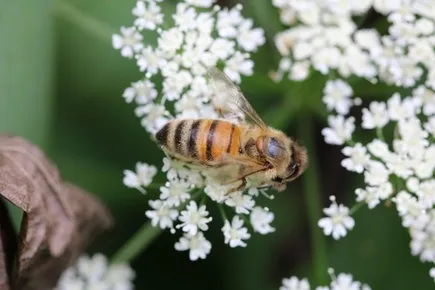Pacific foldingdoor tarantula
A master of subterranean architecture, pacific foldingdoor tarantula excavates burrows lined with silk, creating an environment both for habitat and hunting. Equipped with powerful chelicerae, this species is adept at preying upon insects that stumble across its concealed trapdoor, which serves as a secretive yet effective predatory strategy. These intricate silken structures are essential not only for ensnaring their prey but also for shielding them from predators and harsh weather, demonstrating an exquisite balance of survival tactics evolved over time.















![]()







![]()
